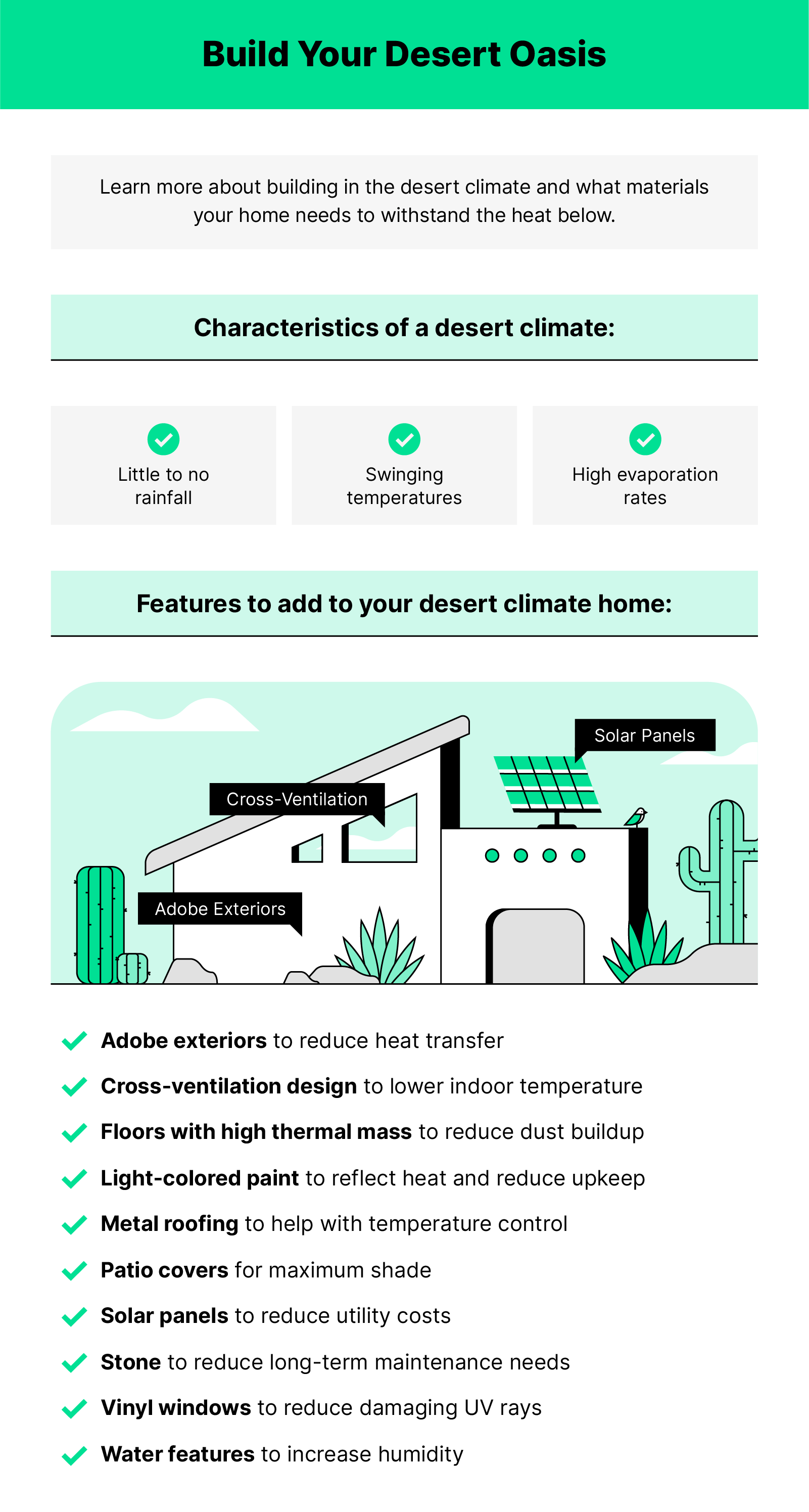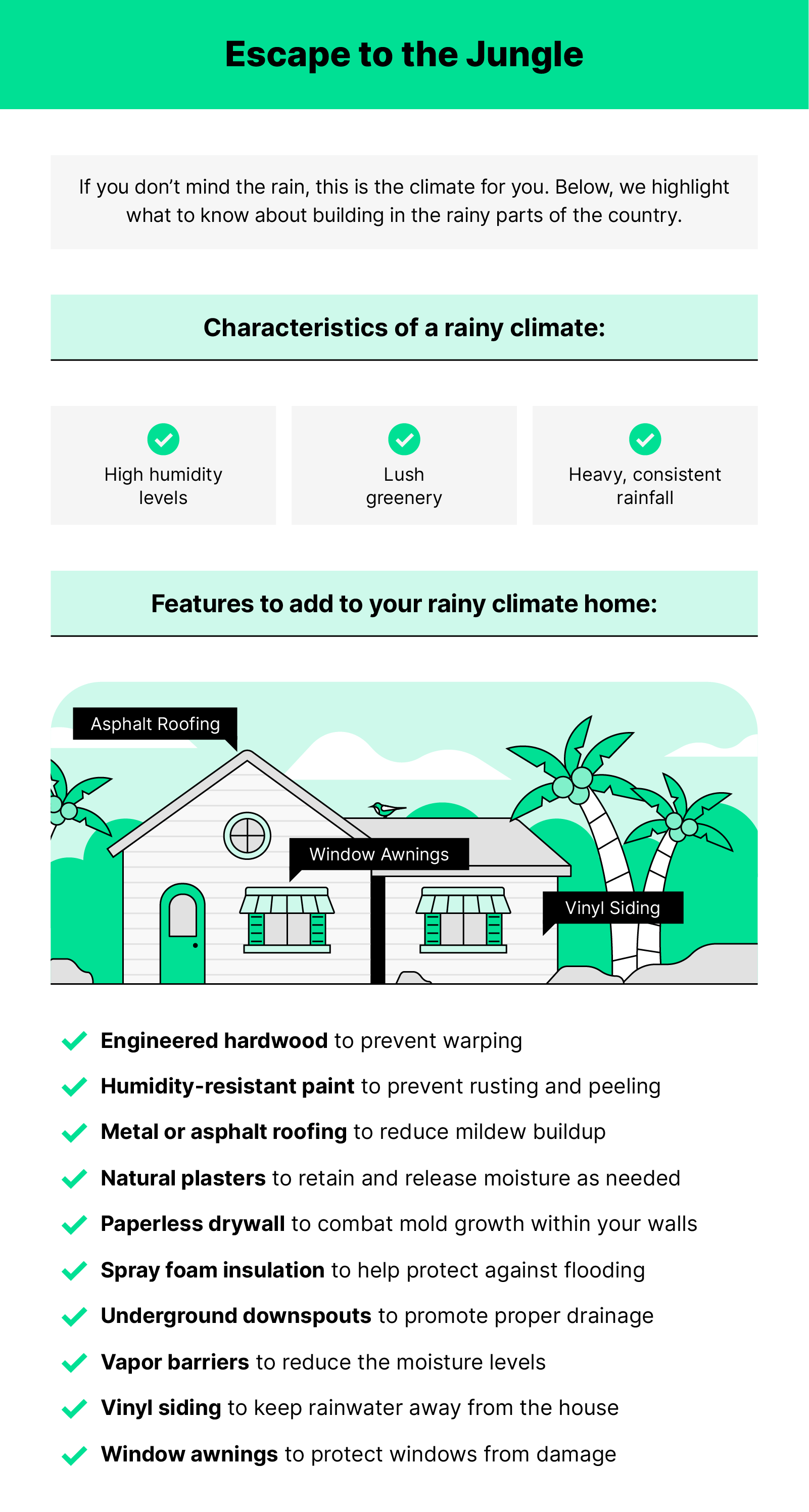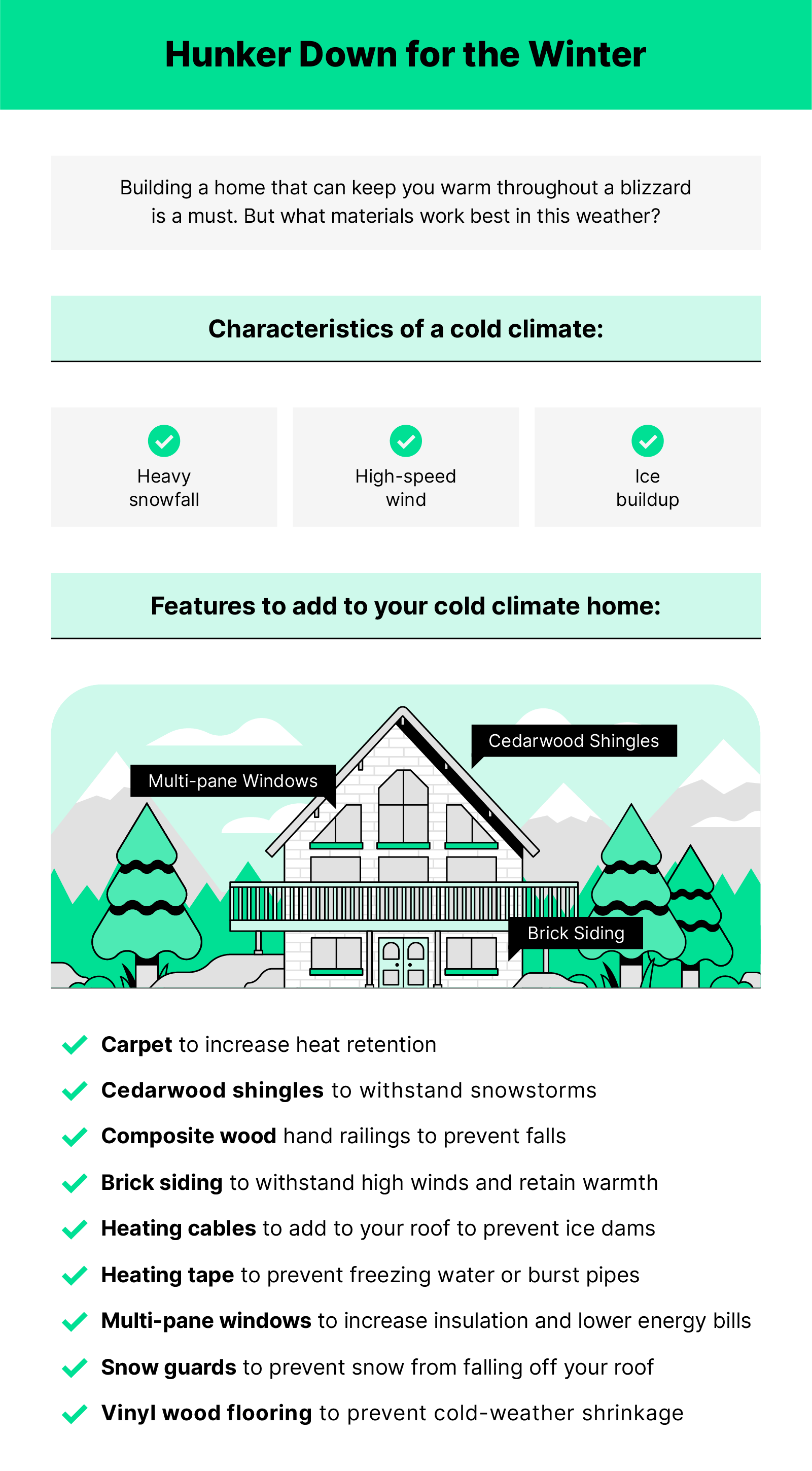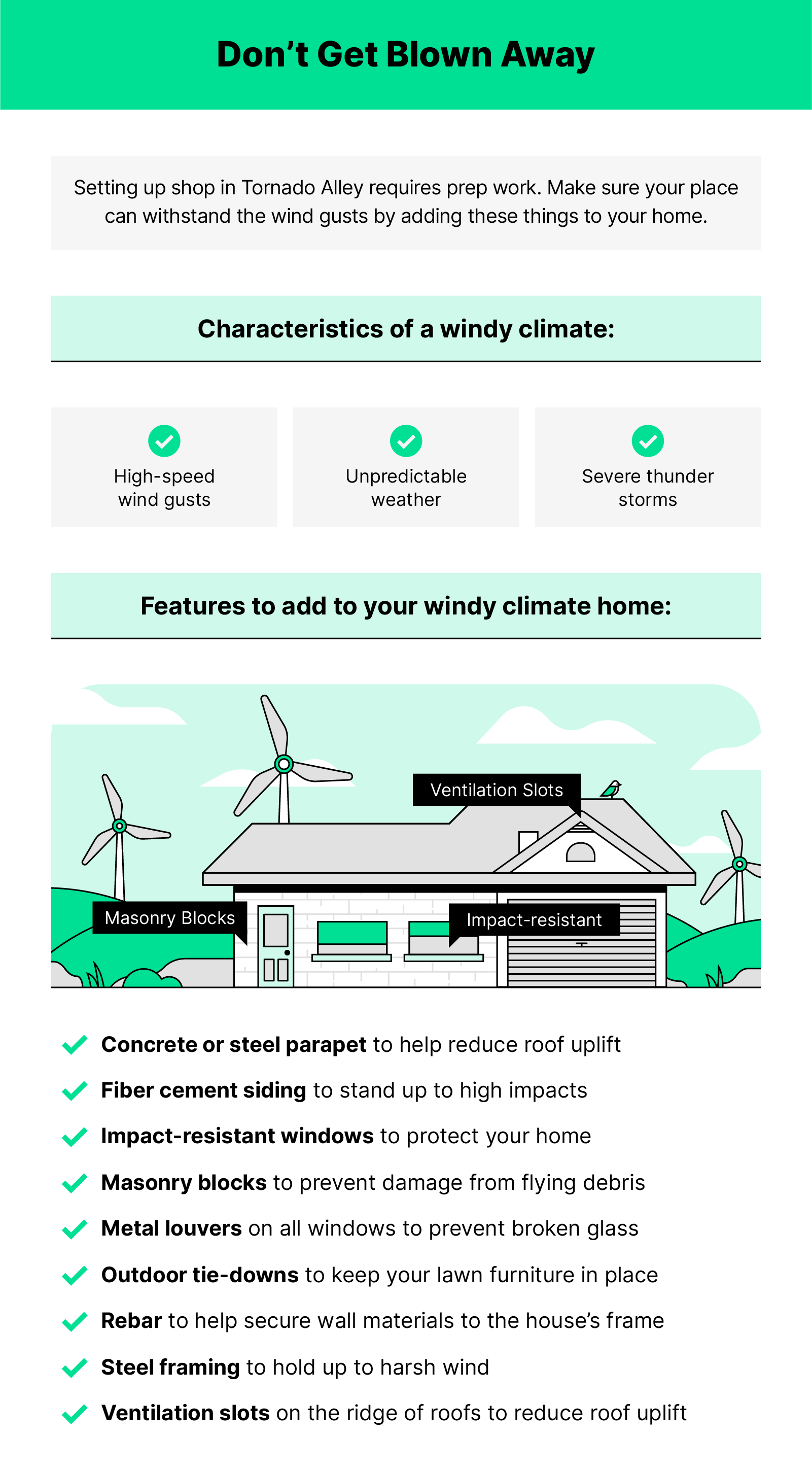Mould Sensitivities: You Are Not Alone
by Tim Law
Mould sensitivities are more common than most people realise.
If you're a regular here at Eco Health Solutions, it is highly likely that you have mould sensitivities or other environmental sensitivities, know someone who does, or know enough about them to want to prevent them… If you're new, then feel free to peruse this and other posts on environmental sensitivities.
I wanted to bring you a different, and more technical, perspective on mould and health – so invited my friend Tim Law, an architectural scientist with a strong interest in this topic to share his insights with you.
Grab a cuppa and pen and paper and settle in for this great read.
I am an architectural scientist, one who uses the principles of physics, biology and chemistry to understand buildings.
On the positive side I try to make buildings perform optimally, and on the flip side I explain why they fail.
If you are reading Lucinda's website, you are most likely aware that conventional medicine has a very limited understanding around the health implications of mould in water-damaged buildings.
This article is written to help you understand that even though your physician may not be familiar with mould sensitivities you should not feel alone. There are many others like you.
— Tim Law, PhD (Architecture), Archsciences

Mould Sensitivities: You Are Not Alone
Fungi, the fifth kingdom. Ubiquitous, prolific, little understood. They are the great recyclers, decomposing trees, recovering its nutrients, nourishing the soil. They are selectively symbiotic, and at times territorial.
But once they sporulate in water-damaged buildings, they become unequivocally unhealthy to humans.
You are not alone in your home.
There is an entire ecosystem of microorganisms waging biological warfare. Quite different from human warfare, there is no morality in this war, no good vs evil, no heroes or villains, it is simply what fungi do.
It turns out that mould does not live a solitary existence. They form colonies. The word ‘colony’ has been well chosen.
Mould can team up with other organisms such as bacteria to form biofilms — a kind of fortified city wall to protect the organisms within its confines.
More significantly, mould colonises. It is opportunistic, dormant until the conditions are right, then invades and proliferates. Like any colonist, mould does not like to share. It is hypothesised that mould sends out mycotoxins (mould toxins) to eliminate its competition.
The strategies largely fall in two methods: arrive early and multiply quickly, or arrive late and carry some big guns.
Microbiologists divide the continuum as primary, secondary and tertiary colonisers.
They also follow the same neat order of water activity (or wetness of a porous material): primary colonisers germinate when the material is moderately damp for a few days, and tertiary colonisers when it is very damp for a long period of months.
The Might of Mould
Human ingenuity has turned these mould metabolites into medicines — a vast range of fungal antibiotics are derived from mould.
Humans also figured that we could isolate and weaponise mycotoxins. In the stuff of nightmares, trichothecenes can be derived from the common tertiary coloniser found in water-damaged buildings, Stachybotrys chartarum, that gram for gram, exceeds mustard gas in toxicity.
Stachybotrys chartarum has received superstar status in the media and is commonly referred to as “toxic black mould”. This turns out to be a rather unhelpful description since mould has different colours depending on the substrate it feeds on, and changes colours across its life cycle, just like trees do across seasons.
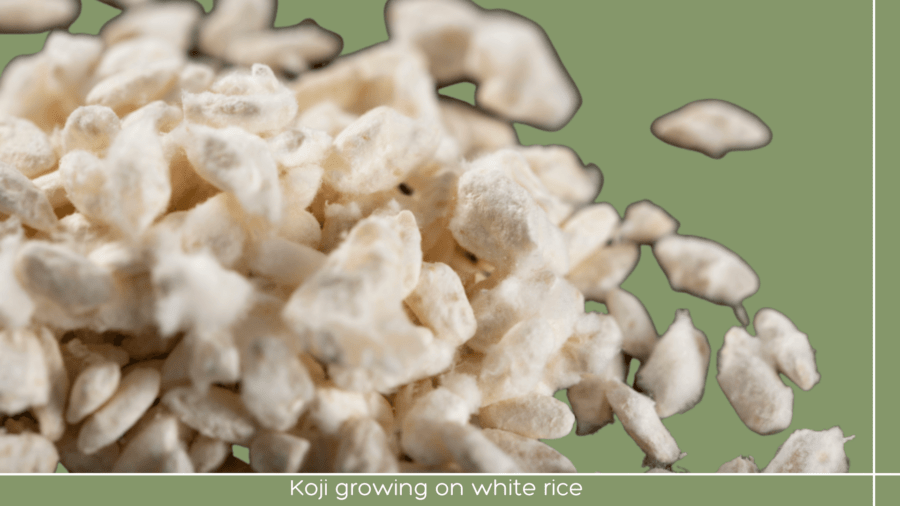
Yet not all moulds are hazardous. Some moulds are brilliantly delicious. Koji (Aspergillus oryzae) creates umami-charged cuisine.
Impressively, one could marinate raw meat with shio-koji and let the process continue for days unrefrigerated without bacterial overgrowth, according to Jeremy Umansky, author of Koji Alchemy.
One wonders if this can be applied to buildings. And indeed this idea is not far-fetched. Japanese Koji houses are dedicated fermenteries — no other ferments are permitted in the facility so as to minimise cross contamination.
Before fermenting is commenced, the Koji master goes through the ritual of scattering Koji spores all around the timber building structure to essentially stave off any other moulds from colonising.
Mould in Buildings
We should attend to our buildings with a similar care, seeing how most of Australian domestic construction is dominated by cellulose material.
From timber frames to engineered timber products like LVLs (laminated veneer lumbers) and plywood, to particle board flooring, MDF (medium density fibre) boards, to paper-faced plasterboard wall and ceiling linings — virtually everything we build with in a typical Australian house is mould food, you just have to add water.

Moisture
It should be pointed out that mould is not the only problem with dampness.
Water supports life of a host of micro-organisms besides mould, it is just mould that is the most visible due to its mycelial structure.
To keep mould and other microorganisms away from houses, it is as simple as keeping moisture out.
Simple, but not easy.
If it were easy moisture-related defects would not be repeatedly the highest reported source of problems for apartments by the NSW Office of the Building Commissioner occurring in 53% of reviewed apartment buildings.
In Victoria, surveys conducted by the Australian Apartment Advocacy show water-related defects as a group of defects are well ahead of any other classification.

In 2016, I was with a group of researchers at the University of Tasmania which analysed an industry-wide survey around condensation in new houses and apartment buildings.
Regardless of state/territory and climate zone, there was a fairly consistent average that a third of these new buildings were estimated to have condensation problems.
If we add to this the water-related defects such as failures in plumbing, roofing, cladding, water-proofing and damp-proofing, then a building free from water damage is in the minority.

Condensation provisions were only introduced into the National Construction Code in 2019, meaning to say that houses and apartments built prior to this could be deemed to be code-compliant, and yet have unmitigated condensation, together with the mould and bacteria that invariably follows prolonged dampness of building materials.
Mould Sensitivities
When the micro-organisms proliferate, not only do they produce toxins to gain a competitive advantage, even their cell walls become a source of toxins.
These toxins are collectively referred to as biotoxins and create a range of maladies, broadly categorised as allergenic, pathogenic, toxicological and inflammatory.
In essence, it can be very broad, systemic, affecting multiple organs and expressed through multiple symptoms.
Early symptoms often include brain fog and chronic fatigue.
On prolonged exposure to water-damaged buildings, mould-sensitive patients eventually also develop chemical, light and electromagnetic hypersensitivities.
Lucinda has convened two high quality Environmental Sensitivity Symposia which I unreservedly recommend.
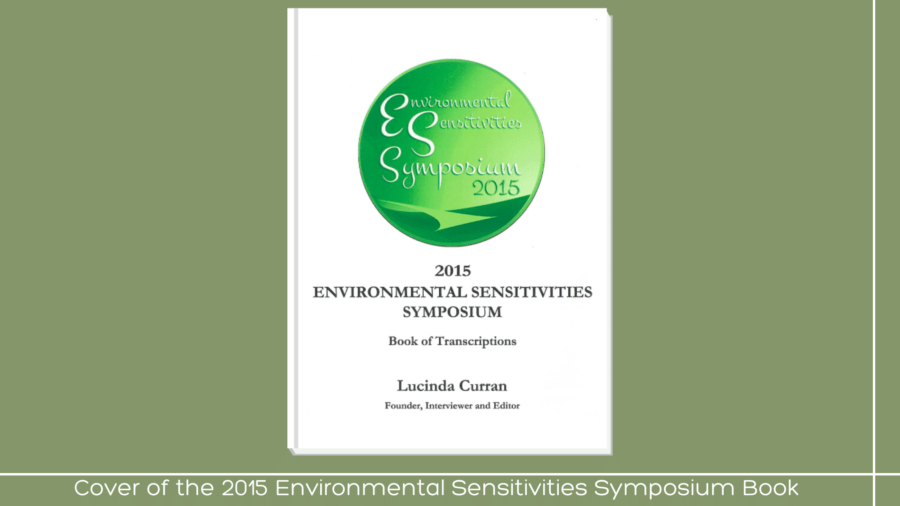
New Research into Mould Sensitivities and Biotoxin Illnesses
On top of that, in an Australian first, the NHMRC (National Health and Medical Research Council) is funding research into biotoxin illness. I am one of the investigators and am optimistic that recent advancements in data mining, next-generation sequencing, transcriptomics and metagenomics will enable us to tackle this complex problem which has hitherto been too complex to analyse.
There is almost a poetic irony that interconnected disciplines are required to unravel the interconnected symptoms of a patient suffering from interconnecting micro-organisms.
Thus, if you find yourself in a water-damaged building, remember you are not alone. There are many Australians in a similar predicament that you will be able to connect with.
Keep seeking for answers and keep applying pressure on the government (local, state and federal) to improve the quality of buildings we live, work and school in.
Keep connecting with like-minded people and build your support network.
You are not alone.
Post by Tim Law, PhD




